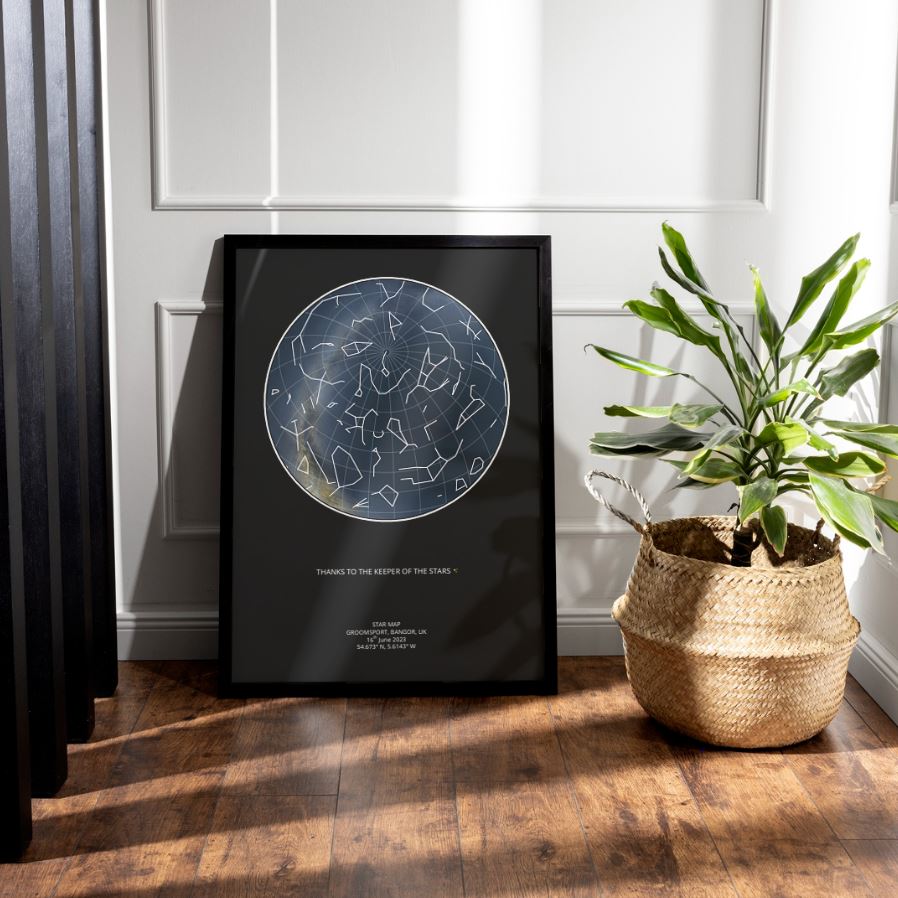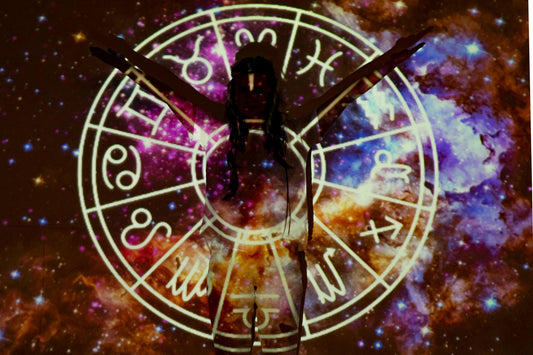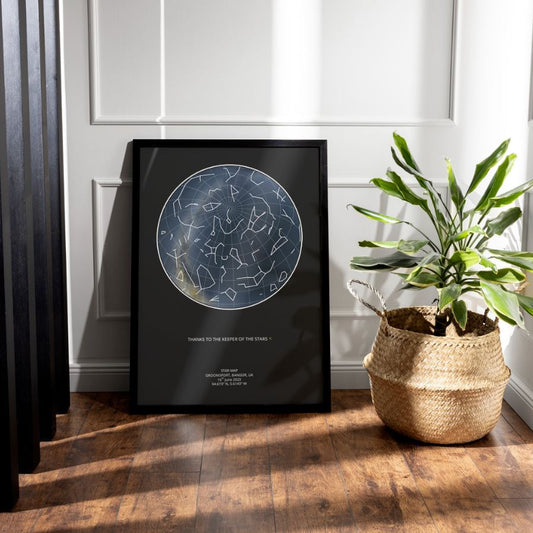Are you curious about the stars twinkling in the night sky above you? If so, you’re not alone. Many people are fascinated by the cosmos, with its sheer vastness and beauty captivating their imagination. If you’re wondering how to read stars and start identifying constellations, read on. In this article, we'll explore some simple yet effective techniques to help you navigate the night sky with ease.
Understanding famous constellations
Constellations are groups of stars that form recognisable patterns or shapes in their sky. Often getting their names from ancient mythology, folklore, and cultural traditions, they depict legendary figures, animals, or objects, each coming with its own story and significance. When it comes to constellation identification, it’s best to start with the most well-known ones. These include the Big Dipper, which is part of the Ursa Major constellation, Orion, Cassiopeia, Draco, and Cygnus. Identifying constellations like these can be a great start to your stargazing journey.

Finding a star with coordinates
Many people wonder how to find a star with coordinates. One method involves using a star chart, which allows you to input the coordinates of the star you wish to locate. This then displays a map of the sky, showing you the exact position of the star in comparison to other celestial objects.
At Maps for Moments, we can provide a personalised star map that depicts the specific constellations and stars that were visible on your special date from your chosen location. This personalised star map serves as a unique keepsake that not only captures the beauty of the night sky but commemorates significant moments in your life, whether it's a wedding, anniversary or birth.

Recognising the ideal conditions for stargazing
Knowing how to find a star with coordinates is one thing, but being able to observe it clearly under ideal stargazing conditions is another. You’ll need to consider factors such as light pollution, atmospheric clarity, and lunar phases, all of which significantly impact the visibility of stars.
Ideally, you should stargaze in a remote location away from busy urban areas. This will help to minimise light pollution and ensure a darker, clearer sky for better visibility. Additionally, we strongly advise checking the weather forecast to ensure skies are clear and atmospheric conditions will be stable for optimal stargazing conditions.
"How do you find constellations?" is a common question amongst aspiring stargazers. Fortunately, identifying constellations is possible even for beginners with no previous experience in astronomy. Familiarising yourself with well-known star patterns and learning to navigate the night sky can allow you to locate and recognise constellations successfully. If you’re seeking a personalised star map to commemorate a special moment in your life, look no further than Maps for Moments.




